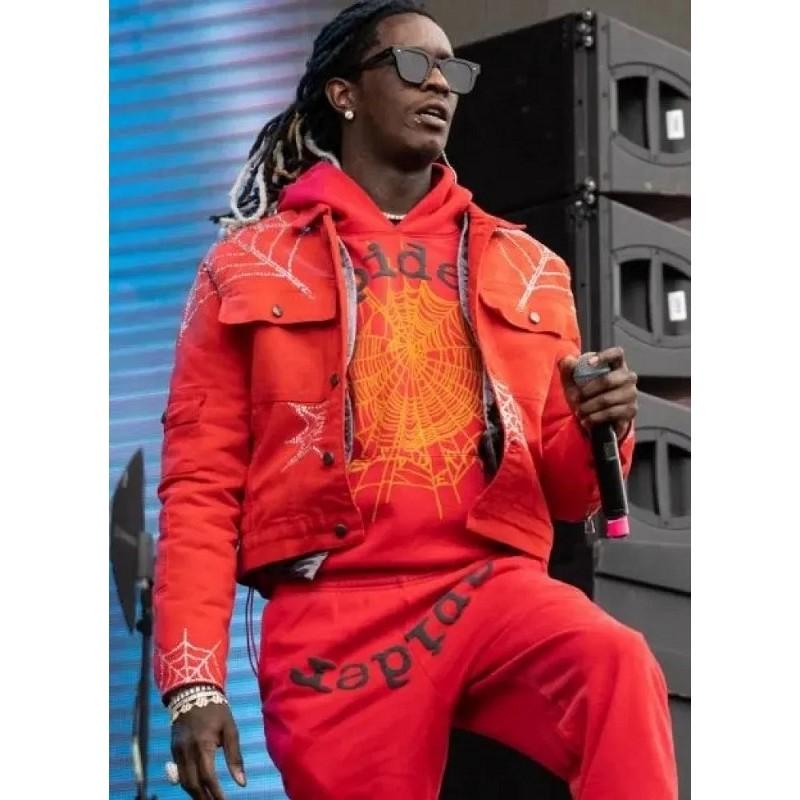The Power of Spectacle
Fashion shows are more than mere presentations of clothing; they are theatrical productions that combine art, culture, and commerce. The staging of these events plays a pivotal role in shaping the fashion landscape, Visit now https://spiderofficial.us/ influencing trends, setting standards, and creating cultural moments that resonate far beyond the catwalk. This article explores how the meticulous staging of fashion shows impacts the industry and its audience.
The staging of a fashion show begins with a vision, often crafted by the designer in collaboration with creative directors, set designers, and choreographers. The goal is to create an immersive experience that encapsulates the essence of the collection. The choice of venue, music, lighting, and even the timing of the show are carefully orchestrated to enhance the narrative being told through the garments. Iconic locations like the Grand Palais in Paris or the Metropolitan Museum of Art in New York have been transformed into elaborate sets that transport audiences to different worlds, from futuristic landscapes to enchanted forests.
This spectacle is not just about aesthetics; it serves a strategic purpose. A visually stunning show generates media buzz, captures the attention of fashion editors, bloggers, and influencers, and, crucially, it creates shareable moments for social media. In the age of Instagram and TikTok, the visual impact of a fashion show can significantly amplify a brand's reach, turning a runway presentation into a global event within minutes.
Setting Trends and Standards
Fashion shows are the birthplace of trends. What walks down the runway in Paris, Milan, London, or New York often dictates what will appear in stores and on streets in the coming seasons. Designers use these platforms to introduce new silhouettes, fabrics, and color palettes, influencing the choices of consumers and the direction of the entire industry. The staging of these shows, therefore, is not just about presenting clothes but about making a statement and setting a direction.
For instance, Alexander McQueen's Spring 1999 show, where Shalom Harlow was spray-painted by robotic arms, remains one of the most memorable fashion moments, showcasing not just a collection but an innovative fusion of technology and fashion. Such moments push the boundaries of what fashion can be, inspiring both designers and consumers to think beyond conventional aesthetics and functionalities.
Cultural Reflection and Innovation
Fashion shows are a reflection of the cultural zeitgeist. Designers often use their collections and the staging of their shows to comment on social, political, and environmental issues. This adds layers of meaning to the garments and engages audiences on a deeper level. For example, Maria Grazia Chiuri’s feminist-themed shows for Dior have used the runway as a platform to advocate for women’s rights, with slogans and designs that resonate with contemporary social movements.
The staging of these shows can also drive innovation within the industry. The rise of digital fashion shows, accelerated by the COVID-19 pandemic, has opened new possibilities for how fashion is presented and consumed. Virtual runways, augmented reality, and immersive online experiences have expanded the reach of fashion shows, making them accessible to a global audience and reducing the environmental footprint of traditional shows.
Economic Impact
Beyond the artistic and cultural significance, the staging of fashion shows has substantial economic implications. Fashion weeks in major cities are significant events that drive tourism, generate media revenue, and boost local economies. The investment in staging a fashion show—often running into millions of dollars—reflects its importance as a marketing tool. Successful shows can lead to increased sales, attract investors, and strengthen a brand’s market position. Check it now Sp5der hoodie
Moreover, the fashion show ecosystem supports a wide range of professionals, including models, makeup artists, hair stylists, photographers, and production crews. The staging of a show, therefore, sustains a network of creative and technical talent, contributing to the broader creative economy.
The Future of Fashion Shows
As the fashion industry continues to evolve, so too will the staging of fashion shows. Sustainability is becoming an increasingly important consideration, with brands exploring ways to reduce waste and carbon emissions associated with their productions. The integration of technology will likely continue to grow, with more brands experimenting with virtual and hybrid formats to engage their audiences.
Inclusivity and diversity are also critical issues that will shape the future of fashion shows. There is a growing demand for runways that represent a wider range of body types, ethnicities, and gender identities. The staging of these shows will need to reflect this shift, creating spaces that celebrate and elevate diverse voices and perspectives.
Conclusion
The staging of fashion shows is a complex, multifaceted endeavor that plays a crucial role in shaping the fashion landscape. From creating unforgettable spectacles to setting trends, reflecting cultural moments, driving economic impact, and embracing future innovations, these events are at the heart of the fashion industry. As fashion continues to navigate the challenges and opportunities of the 21st century, the staging of fashion shows will remain a vital and dynamic aspect of its evolution.
